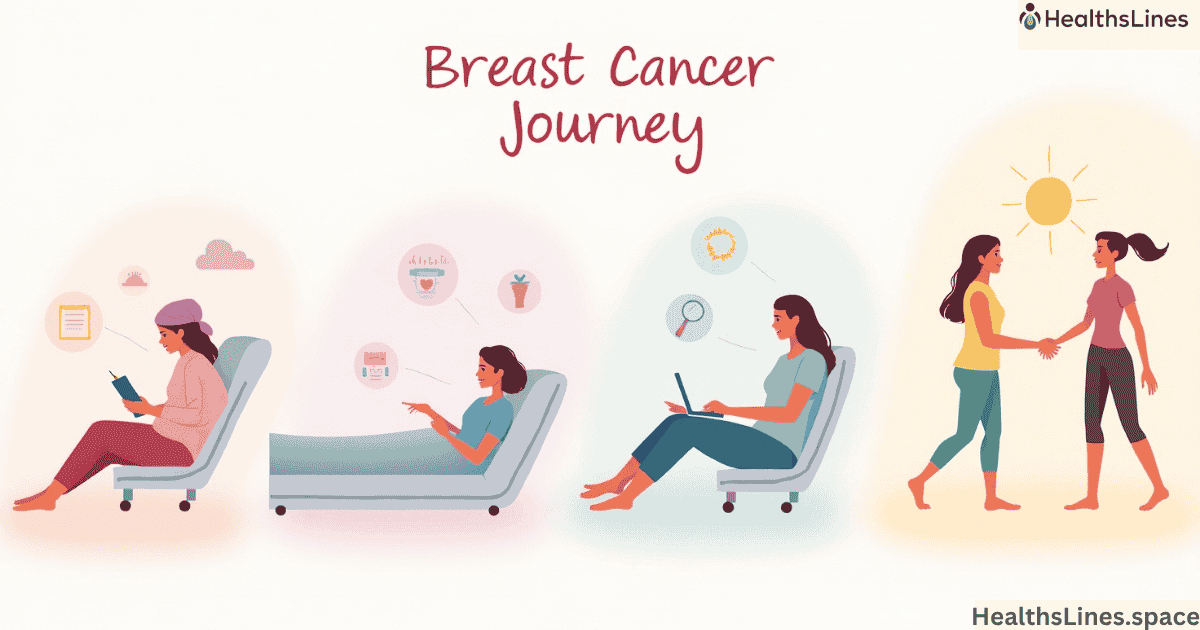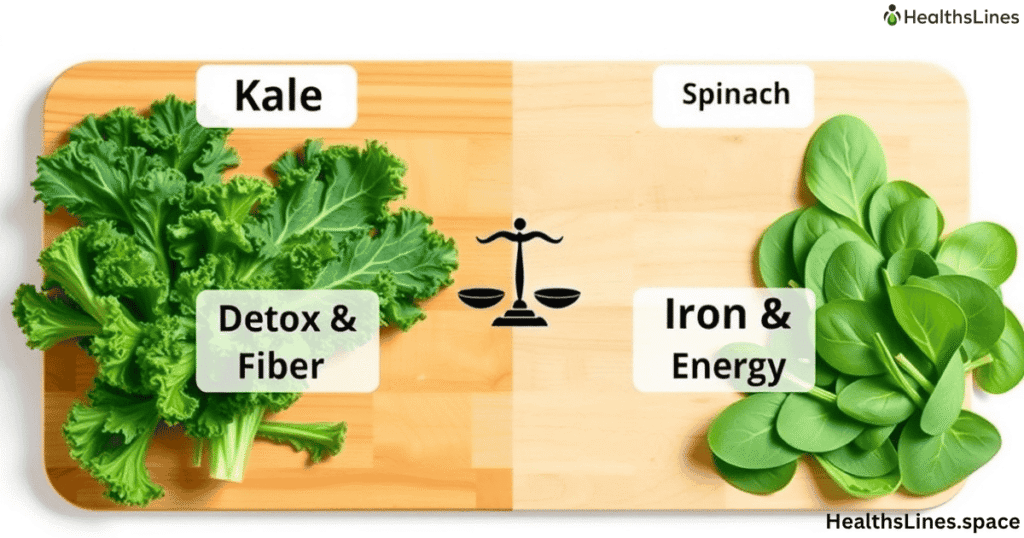Understanding Breast Reconstruction Surgery
Breast reconstruction is a type of surgery done to rebuild the shape of the breast after a mastectomy or breast cancer surgery. It helps women restore their confidence and body image. The goal is to create a natural-looking breast using either implants or tissue from another part of the body.
Not every woman will want or need breast reconstruction surgery. Some women choose external breast forms or decide on going flat after mastectomy. Others feel more comfortable with surgery. It’s a personal choice. Doctors and the cancer care team help each woman understand the best option for her situation.
Main Types of Breast Reconstruction
There are two main ways to rebuild the breast. One uses breast implants after mastectomy, and the other uses the woman’s own body tissue. Doctors call this autologous reconstruction. The choice depends on your health, the type of mastectomy, and your personal goals.
Implant reconstruction is a simpler option. It often takes less time to heal. Flap reconstruction or tissue-based reconstruction may take longer, but it gives a more natural feel breast reconstruction and lasts longer. Some women even choose hybrid reconstruction, which combines both methods.
| Type | Uses | Healing Time | Feel |
| Implants | Silicone or saline-filled | Shorter | Less natural |
| Flap | Own tissue from body | Longer | More natural |
| Hybrid | Both tissue + implant | Medium | Very natural |
Implant-Based Reconstruction

Implant reconstruction is one of the most common ways to rebuild the breast after a mastectomy. This method uses breast implants to form the shape of the new breast. There are two main types of implants used: saline implants and silicone implants. Saline implants are filled with sterile salt water, while silicone implants contain a soft gel that feels more like natural breast tissue. Many women choose silicone because they want a natural feel breast reconstruction.
Sometimes, the implant is placed right after the breast cancer surgery. This is called direct-to-implant reconstruction or immediate reconstruction. In other cases, the process is done in steps. First, a tissue expander is inserted under the skin and chest muscle. Over time, the expander is filled with fluid to slowly stretch the skin. Once the area is ready, a second surgery places the implant. This method is useful when the skin needs time to heal or when radiation therapy is part of treatment.
Breast symmetry surgery may be needed later to match the shape and size of the other breast. Some women also have nipple and areola reconstruction or nipple tattooing to complete the look. Implant-based options work best for women with smaller breasts or those who don’t want longer surgery. While results vary, many women report feeling more confident and comfortable in their body after breast reconstruction surgery using implants.
Flap Reconstruction (Autologous Tissue)
Flap reconstruction uses tissue from another part of the body, like the belly, back, or thighs. This method is more complex but often gives better, long-lasting results. It is known as autologous reconstruction because it uses your own body parts.
There are different flap types like the DIEP flap, TRAM flap, SIEA flap, and latissimus dorsi flap. The DIEP flap uses skin and fat from the belly without cutting the muscle. That means faster healing and less risk of damage. The TRAM flap includes muscle, so recovery takes longer. Doctors choose based on your health and body shape.
| Flap Type | Donor Area | Uses Muscle? | Notes |
| DIEP flap | Lower belly | No | Less muscle damage |
| TRAM flap | Belly | Yes | Strong, but longer recovery |
| SIEA flap | Belly | No | Rare, very delicate |
| Latissimus dorsi flap | Upper back | Yes | Often used with implants |
Other Surgical Options
After the breast mound is rebuilt, many women want to make the area look more complete. Nipple and areola reconstruction is often the final step. Doctors can rebuild the nipple using skin, then use nipple tattooing to add color. Some women choose just tattooing to avoid more surgery.
Oncoplastic surgery is another technique. It blends cancer removal and cosmetic surgery. It’s best for women with smaller tumors who want a better cosmetic outcome. Some people also go for breast symmetry surgery to match both breasts.
Timing: Immediate or Delayed?
You can have immediate reconstruction during the same surgery as your mastectomy. This helps reduce emotional shock. It also means fewer surgeries. But it’s not always possible if you need radiation after cancer.
Delayed reconstruction is done weeks, months, or even years later. It allows time for breast cancer surgery recovery and cancer treatment like chemo or radiation. Your doctor will explain which option works better based on your medical needs.
Recovery After Breast Reconstruction
The recovery after breast reconstruction depends on the type of surgery you had. Whether you choose implant reconstruction or flap reconstruction, healing takes time. Most women stay in the hospital for a few days after surgery. You might have surgical drains placed near the chest to remove fluid and help the area heal. These are usually taken out within one or two weeks, depending on how much fluid comes out.
For the first few weeks, you’ll need to rest and avoid lifting heavy things. Your doctor will give you clear instructions on how to care for your wounds. It’s normal to feel sore, tired, and swollen during the early days. If you had a DIEP flap, TRAM flap, or latissimus dorsi flap, your recovery may take longer because tissue was moved from another part of your body. Some women also need physical therapy to regain movement and strength.
Your emotional healing is just as important. Many women feel a mix of emotions, from relief to sadness. Body image after breast cancer can be a challenge, but support is available. You can talk to a nurse navigator, breast cancer specialist, counselor, or join a group for support after mastectomy. Over time, most women feel better and more confident in their bodies. The key is to take recovery step by step and be kind to yourself.
How to Decide What’s Best for You
Choosing a breast reconstruction option depends on your goals, health, and lifestyle. Talk openly with your surgeon about what you want and need. Some key questions to ask include how many surgeries are needed, what the scars will look like, and how long the healing process is.
Make sure the surgeon is experienced in the method you prefer. If needed, seek a second opinion. Your cancer care team, plastic surgeon, and support groups can help guide you. Take your time. It’s okay to wait or change your mind later.
Insurance and Your Rights
Many women worry about the cost of breast reconstruction surgery, but the law is on your side. In the United States, the Women’s Health and Cancer Rights Act (WHCRA) requires most insurance companies to cover breast reconstruction if you’ve had a mastectomy. This law also makes sure your insurance pays for breast symmetry surgery on the opposite breast and procedures like nipple and areola reconstruction. Whether you choose implant reconstruction or autologous reconstruction, your insurance should help pay for it.
Coverage includes hospital stays, surgery, and follow-up care. Even if your breast cancer surgery happened years ago, you still have the right to get rebuilding the breast done. Some women choose immediate reconstruction, while others wait and have delayed reconstruction. The law protects both choices.
If you have Medicare, it also covers medicare breast reconstruction, including external breast forms if you choose not to have surgery. Medicaid coverage for mastectomy and reconstruction varies by state, so you’ll need to check your state’s rules. If your claim is denied, you can appeal. Ask your cancer care team or a nurse navigator breast cancer expert for help.
Understanding your rights is important. You don’t have to go through this alone or worry about being left with a huge bill. Ask questions, get clear answers from your insurance company, and make sure your needs are fully covered. Financial help and legal support are available if you run into trouble.
How to Choose the Right Option

Choosing the right breast reconstruction method after a mastectomy is a personal decision. It depends on your body, health, lifestyle, and how you feel about surgery. Some women prefer implant reconstruction because it involves less time in the hospital and a faster recovery. Others choose flap reconstruction, such as the DIEP flap or latissimus dorsi flap, because it uses their own body tissue and can feel more natural.
Your cancer care team will help you understand your options. You may also meet with a plastic surgeon who has experience in breast reconstruction surgery. They can explain if you are a good fit for direct-to-implant, tissue expander, or autologous reconstruction. Your age, medical history, and past treatments like radiation also matter.
Talking to other women who’ve had breast cancer surgery can help. They may share what it felt like and how they made their choice. Don’t forget about your feelings. Think about your body image after breast cancer, your daily routine, and how much time you want for healing.
There’s no right or wrong choice—just what’s best for you. Take your time, ask questions, and lean on your support after mastectomy team for help.
Patient Experiences and Case Studies
Many women share their patient experiences breast reconstruction in blogs, videos, and support groups. For example, Lisa, a 45-year-old teacher, had a DIEP flap after her mastectomy. She said, “It felt like I got part of me back.” Her recovery took longer, but she loved the natural look.
In another case, Maria, a 38-year-old mom, chose implant reconstruction. She needed fast recovery to care for her children. Her doctors used a tissue expander and later placed silicone implants. She’s happy with the result and said, “It gave me closure.”
Conclusions
Breast reconstruction options are not one-size-fits-all. You can choose implant reconstruction, flap reconstruction, or even a mix. Each has benefits, risks, and different healing times. The choice depends on your health, lifestyle, and what feels right for you emotionally.
There’s no shame in choosing surgery or in choosing not to. Some women rebuild the breast, others use forms, and many embrace their bodies as they are. Whatever you choose, there is support available, and you’re not alone in this journey.












